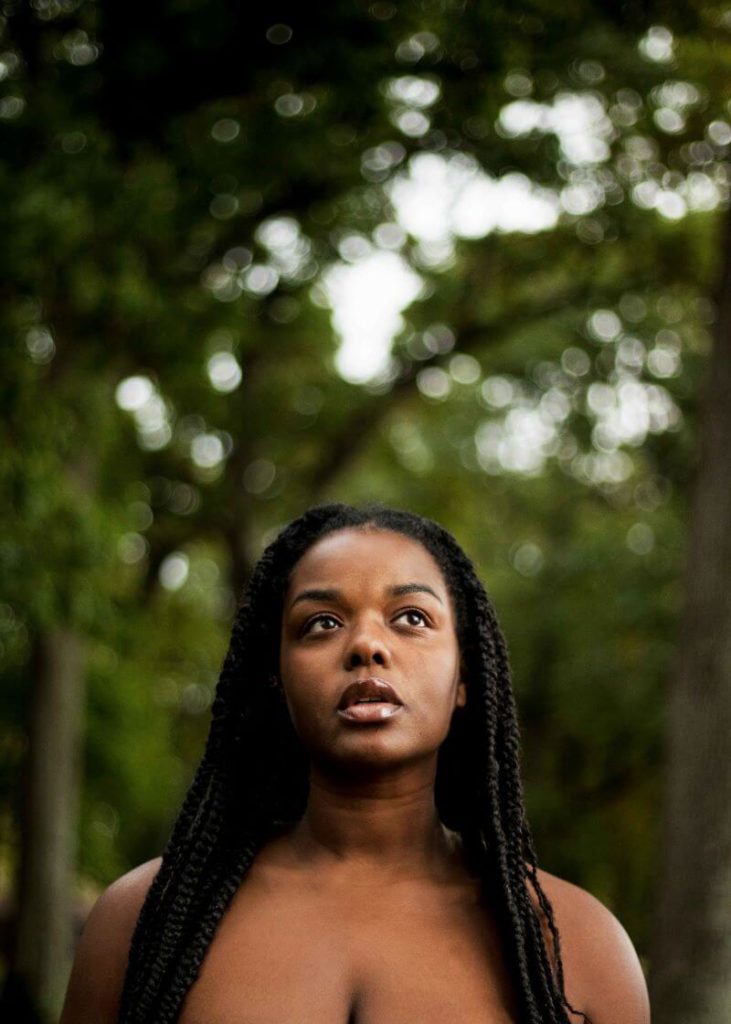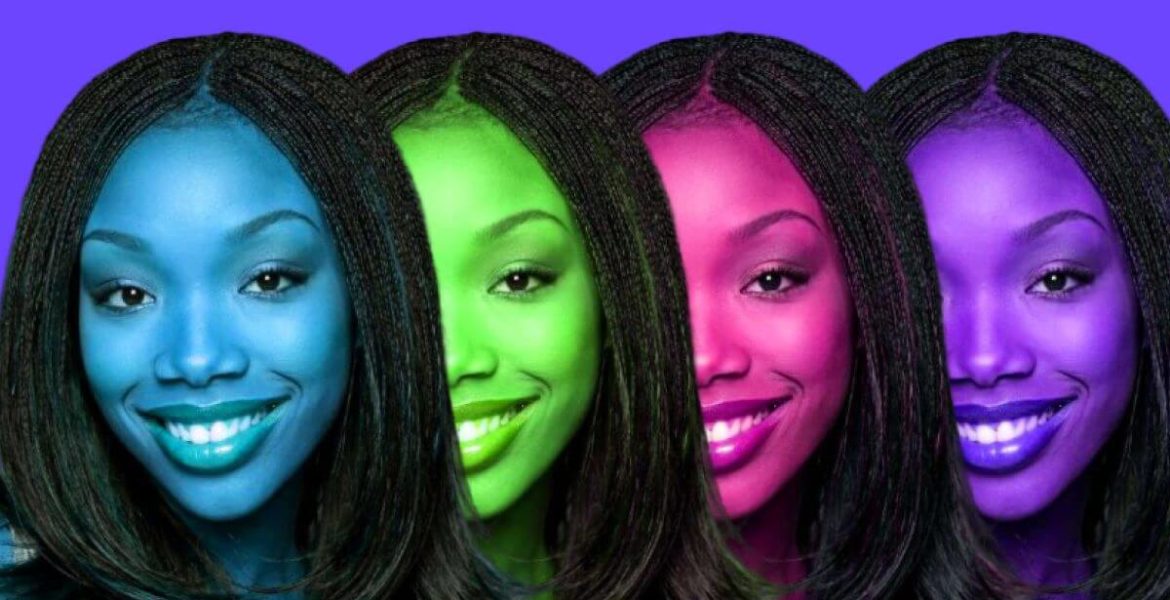In her article, “The Age of Instagram Face”, writer Jia Tolentino posed the question, “What did it mean, I wondered, that I have spent so much of my life attempting to perform well in circumstances where an unaltered female face is aberrant? How had I been changed by an era in which ordinary humans receive daily metrics that appear to quantify how our personalities and our physical selves are performing on the market? What was the logical end of this escalating back-and-forth between digital and physical improvement?”
That’s the million dollar question.
As a product of the 90s, I’ve witnessed life-changing advances to society—from the birth of the world wide web in 1990 to filling MP3 players in 1997 with music that may or may not have been bought. These advancements have shaped the interconnected world we live in today. But fast forward to 2003 and 2004 when MySpace and Facebook hit the scene, respectively, communication and connectivity as we knew it completely transformed. And somewhere down the line, I grew increasingly disenchanted with the idea of technology governing how I lived my life and how I saw myself through the lens of comments, filters, and likes.
Fundamentally, technology aims to always improve. When the iPhone came out in 2007, it was regarded as a life-changing technological advancement and deemed the “perfect device”. However, the following year in 2008, Apple released another version of the iPhone, promising to be a better, more improved iteration of the device. Around this time, I noticed that while I was okay with technology aiming for perfection, I quickly realized this impossible model being adopted in cultural frameworks.
Then, 2010 came along and brought Instagram with it, and life as I saw it no longer looked the same.

As a young girl, only three things mattered to me: Brandy, Spice Girls, and Britney Spears. Everything seemed so simple back then, ya know? Less was truly more.
While the Spice Girls and Britney Spears gave me a reasonable amount of life, Brandy was my everything. I got lost in her beauty: her braids, dance moves, clothes, makeup—all of it. She was the quintessential 90’s beauty queen with her effortless style, perfectly lined nude lip, and natural makeup. You know the look. It’s often imitated by the white, suburban 17-year-olds of today who have no interest in understanding the origin of the trends they frequently copy. Nevertheless, Ms. Brandy Norwood could never be duplicated. She was that girl—a vision of natural beauty, grace, talent, and a down to earth attitude that I could relate to.
Over the span of her career she was (and is) considered one of the most influential voices of contemporary RnB, graced countless magazine covers, and was the face of CoverGirl cosmetics. She is a Grammy award-winning artist who sold more than 40 million records worldwide, starred in her own sitcom, Moesha, and was the first Black Cinderella—handpicked for the role by none other than Whitney Houston. It was these reasons why Brandy meant so much to me. She was an international pop star with a beauty that resembled my own. She let me know by wearing her braids and embracing her Black features, that I too was beautiful just as I was.
When it was just me and Brandy belting out “The Boy Is Mine” at home on my box CRT TV, I felt like I was THAT GIRL, but the second I stepped on the playground THAT GIRL was nowhere to be found. The beauty I saw in Brandy were the features I got teased about in elementary school: for being Black, wearing braids, and because my hair was “standing up.” It became very easy for me to allow others in my class to decide what was beautiful. And, often, I did not fit the image.
The girls in school took issue with my hair. The boys commented on my butt and how it wasn’t “thick” enough. My lips were “too big,” and at 18 a dental specialist suggested cosmetic surgery after pointing out the lack of symmetry in my face. So of course, I aspired to be this straight-haired, big booty girl with thin lips and asymmetrical face. But ironically, up until receiving these comments, I had never noticed any of these “flaws”. I spent years feeding my imagination images of what I could look like if I were to fix something based on what unimportant people thought of me. Imagine that.

Today, our insecurities about beauty don’t just lurk on school grounds, but they’ve been magnified online more than ever.
As the popularity of Instagram and Snapchat grew, we quickly entered the world of selfies, self-care, and the endless quest for self-improvement. The perverse nature of the homogenous “IG face” aided by cosmetic surgery is hard to miss, especially when that face is dripping in the DNA of Black women—the stuff our mamas gave us, but we can’t seem to be deemed beautiful for—providing an ethnic appearance to even the whitest of women. This does, however, lend to some entertaining debates with my friends as we analyze which celebrity or influencer has added a little filler here or a little extra fat there. And while the nature of these conversations are usually in jest, I have to wonder how much we have participated in normalizing the pervasive nature of cosmetic surgery, being compliant in yet another trend that commercializes the Black female aesthetic in white form.
Social media has faced its fair share of criticism for its role in being a hotbed of self-esteem issues and anxiety surrounding physical appearance, particularly with young women. Most notably, Instagram banned their “cosmetic surgery” filter last year that allowed people to simulate what they would like if they underwent extreme cosmetic surgery due to suicide-related incidents and the compromised mental health of users. A convention once done in a Doctor’s office by celebrities and regarded with privacy has now become the #1 trending topic. As I scroll through the valleys and the shadows of my feed, I hardly know who is natural or real anymore—I’m certain no one does.
Brandy was the type of Black woman I needed to see in the world. I felt like I could aspire to her semblance of beauty. But in this new reality (or simulation), I observe thousands of images of the same face on the same body on different women who all get the most attention online. Are dope AF natural girls still appealing? Are regular Black girls who look Black still considered beautiful? How will the evolution of technology 10 years from now create a new beauty norm?
I can’t help but wonder if there is no turning back. Or if technologically-aided, impossible to meet beauty standards will be the new normal for decades to come.



Loved this
I love this. Thank you for saying this. I think we now have the opportunity to call out the beauty we see in the natural black girls we see on our timelines. Those who maybe have the same thoughts as you- are we still appealing and beautiful? We are and we should tell ourselves in telling others like us that we are still beautiful.
Loved this, such a candid read! Issa Rae has been my source of Black Girl, Natural Hair Magic on Insecure lately.
Well articulated. Thanks
We are STILL fine AF and dope AF! Big lips, wooly hair and all! Loved this! Thanks for sharing, sus!
We sure AF are!!